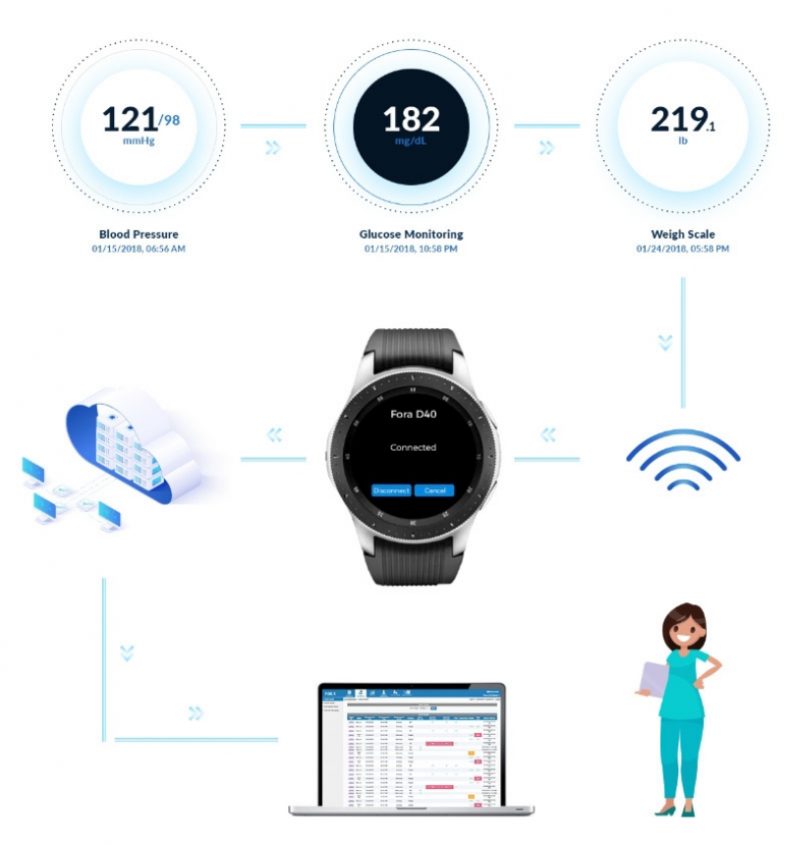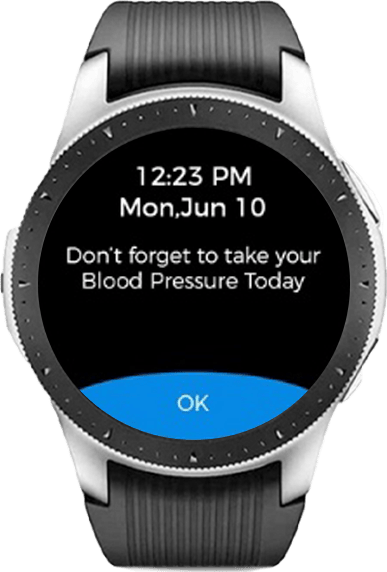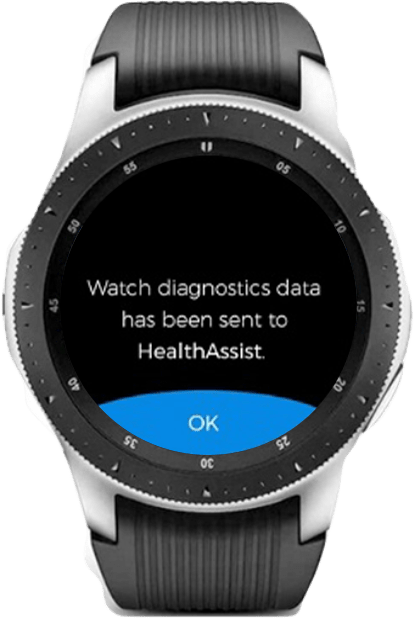Understanding Remote Patient Monitoring (RPM)
RPM is recognized as the next big thing in patient care. It is revolutionizing how physicians and the industry provide healthcare services for patients. Remote patient monitoring is not a new technology and has undergone a few iterations over the years. Today, RPM utilizes advanced health sensors to read and transmit patients’ vitals to their respective caregivers and physicians. One of the goals of this technology is to help individuals be more proactive about their health.
Because RPM has given caregivers and physicians access to health statistics in real-time, it has helped reduce care costs and improve doctor-patient relationships. In addition to these changes, remote patient monitoring is a service supported by Medicare and many commercial insurance products to your physician or other qualified care providers.


Remote Patient Monitoring Benefits for Physicians
Remote patient monitoring offers several key benefits to physicians including:
- Lowering costs
- Increasing operational efficiency
- Reducing the risk of burnout
- Enabling the delivery of higher-quality care
- Offering ease of access to important patient data
This emerging technology has completely changed the way healthcare is being delivered across the country. Patients and clinical study participants no longer need to provide updates on their medical condition in person. These tasks can now be completed with the touch of a button. By replacing regular checkups with round-the-clock monitoring, physicians can deliver timely care and prevent medical emergencies from occurring.
For example, patients suffering from chronic illnesses such as cardiovascular diseases have benefitted from RPM. Their vitals are monitored daily. enabling the physician to intervene when the data suggests that risk levels have increased. This preventative process can help prevent a heart attack, stroke or diabetic-related event. Prevention is better than reacting afterwards.
Remote Patient Monitoring Benefits for Patients
In addition to physicians, RPM is also advantageous to patients in the following ways:

Patient education

Solid feedback and
support system

Peace of mind

Seamless access to
quality healthcare
More U.S. healthcare providers than ever are opening their doors to adopt the emerging RPM technology. Patients across the nation can access quality healthcare solutions right from their own homes. Individuals with medical conditions can directly and instantly connect with their preferred physicians. Fewer trips to the emergency room, as well as less time spent in traffic and crowded waiting areas are elements that contribute to a healthier and happier patient.
Use HealthAssist Watch for Remote Patient Monitoring
Your loved ones can stay on top of their health by simply wearing the HealthAssist Watch. Physicians and caregivers will actively remind them to medications, refill prescriptions, and go for scheduled medical exams. All these are necessary to maintain their health over the long-term. Our watch is extremely user-friendly; just put it on and it works. It doesn’t need an Internet connection, Wi-Fi, or a Smartphone. It acts as a hub collecting data frorn approved Bluetooth devices. It then sends that data to the HealthAssist Remote
Patient Monitoring Platform providing access for physicians or approved care providers.
Since HealthAssist Watches will be worn on a daily basis, they are available in graphite grey color. The watch is available in the standard size of 44mm which fits most wrists. The HealthAssist Watch is very affordable and can be paid for in full or via installments.
If you have any inquiries about the HealthAssist Watch and how it can be utilized in remote patient monitoring and other medical watch alert applications, don’t hesitate to call us at 1-800-814-2361.


